The Merauke Blue Tongued Skink — (T. gigas evanescens • Shea, 2000)
(Also known as the Faded blue tongued skink)
The Merauke was described in 2000, and is the longest of the blue tongue species reaching lengths in excess of 20-28 inches with reports of animals creeping into the 30 inch range when full grown. They range from the city of Merauke, which is in southern Irian Jaya, to all of southern Papua New Guinea. The Merauke isn't too terribly hard to find, and typically has a pretty good temperament. While not as visually stunning as some (although occasionally dispalying impressive coloration), their sheer size and majestic look still make them a site to behold. Merauke is pronounced "Mer-Roo-Kee". "Mer" as in "fur", not "mare".
If you really think about it—and are familiar with the Indonesian species—you will know that some individuals really question the validity of this subspecies. Indonesia produces so many differently colored and shaped animals, that any one of them could be named their own subspecies. In the entire area any location, island, province, or jungle can produce their own unique Indonesian blue tongued skink, so I'm not sure why this one (the Merauke) was given special attention. Aside from the few minor differences from standard Indonesians, they are still clearly gigas and may or may not be worthy of a subspecies—it's debatable.
You may have heard that the Merauke is a simple hybrid between the Indonesian and the Irian Jaya. We do not believe this to be true as a cross between these two animals would not result in offspring consisting of standard gigas thin stripes and abnormally long tails. This "rumor" or even official stance by some just adds to the continual perplexing confusion of the overall identification and validity of this subspecies. Believe it or not, there are some people out there even breeding their Irian Jaya animals to fresh Indonesian imports, then selling them to the public as Merauke babies. Our stance at this point is we simply believe this animal to be one of the many variances of gigas seen in Indonesia. Opinions on officially recognized species and subspecies waivers continually among experts, so don't be surprised if this subspecies is rescinded one day. Who knows when that may happen however, as there are very, very few BTS experts out there.
Distinguishing marks:
The Merauke and the Indonesian can be very difficult to identify separately, so these lists are described in terms of telling the subspecies apart
• Massive tail length making it the longest of all BTS (often much longer than standard Indonesians)
• Overall cleaner body than most Indonesians
• Distinct striping and/or overall cleaner tail compared to most Indonesians — 1, 2
• Minimal to no flecking on throat
• Often displays faded gray coloration
• Forelegs are typically NOT solid black compared to standard Indonesians — this is a good trait to help in identifying as the deeply and arbitrarily marked Indonesians have completely solid black forelegs and often deep dark outlining on the head scales. The lighter/checkered forelegs on the Merauke contribute to the fact that they are (typically) lighter in color, and not nearly as heavily marked)
• This is speculation somewhat, but five temporal scales between upper lip and parietals (not all animals have 3, 4, or 5 temporals thusly the method is not a 100% determination in our opinion) — Indo is supposed to have 3-4 — Parietals are the two large scales in the center of the head — 1, 2
• The Merauke typically has a much calmer disposition compared to standard Indonesians
Determining which is which
Probably all of these attributes will not be present with babies, as nearly all gigas babies look identical at birth. Differentiation between Indonesian subspecies is usually not possible until adulthood—and even then, differentiation between the Indonesian and Merauke can still be very difficult—there are always the "in-between" specimens which display traits from both subspecies. The Kei (T. gigas keyensis) is fairly easy to identify at about 1-6 months of age.
• Extensive Reading Thanks to James Wilson
• Map of the Merauke's Territory
• Check the weather in Merauke, Indonesia!
A few pictures down you will see our old Merauke named Sweet Pea (yes, very original). She has an unusual serpent-like head, and bright underbelly. Her tail is also incredibly massive which of course, is consistent with the Merauke. Their tails usually account for about 80% of their total body length. She's very friendly, and is an astounding 26.5 inches which is quite evident in the 7th picture down.
• Holly with Sweat Pea
• Riding in the car

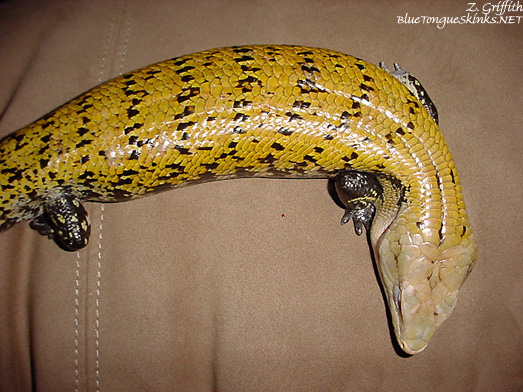
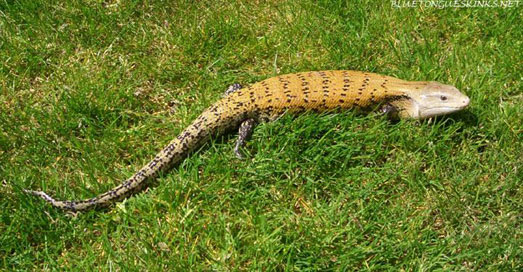
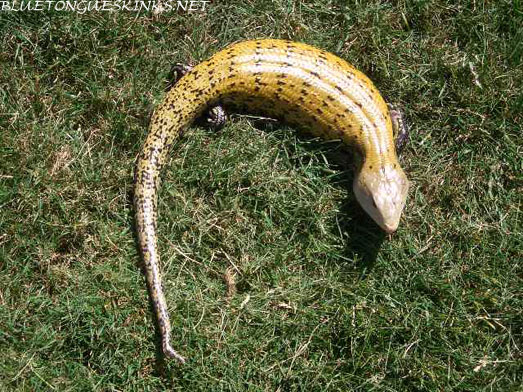
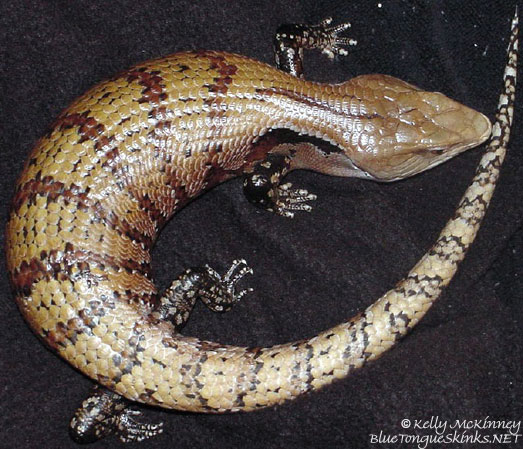
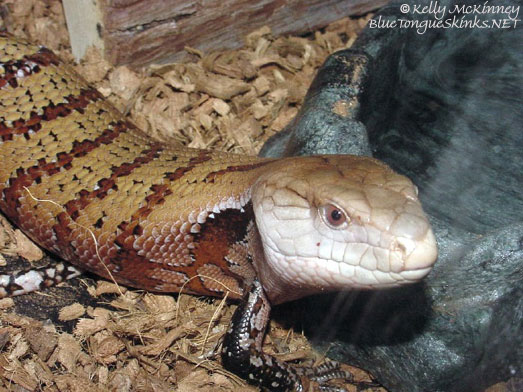

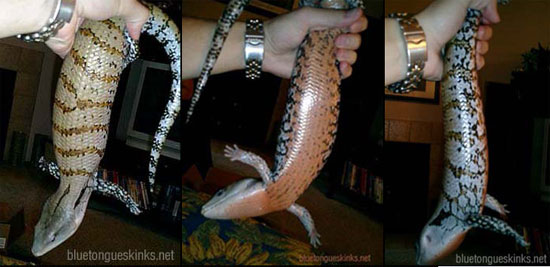
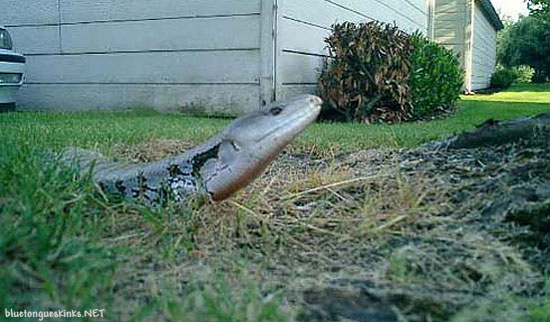
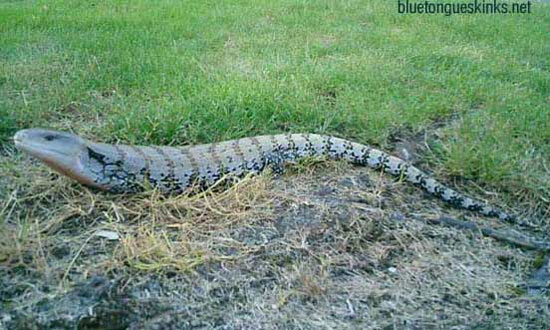
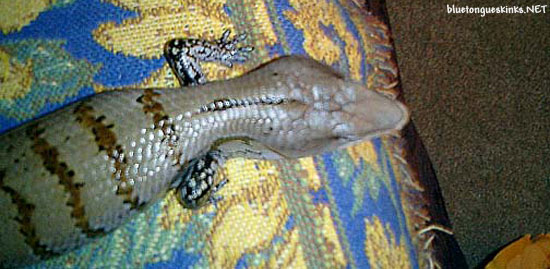

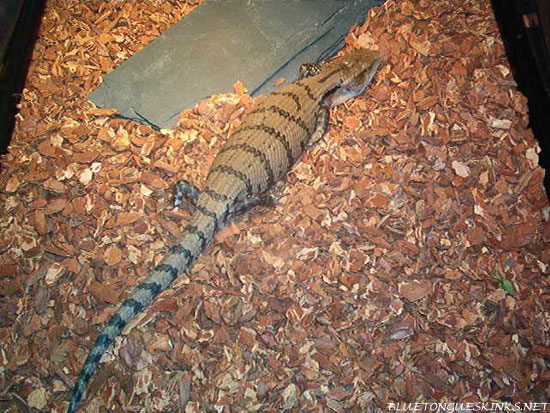
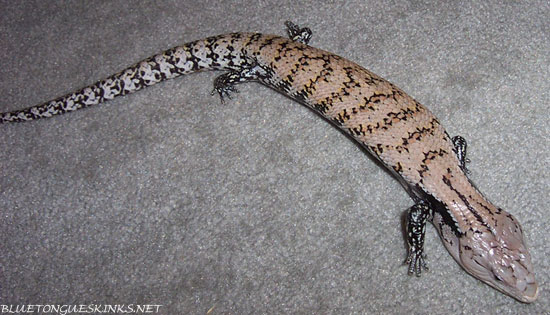
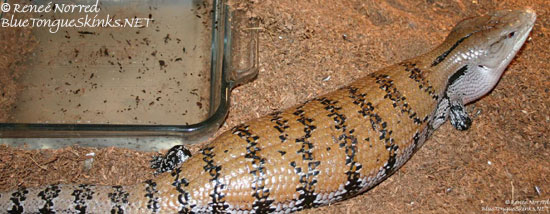
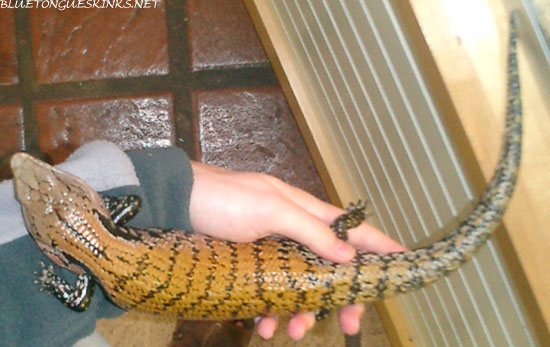
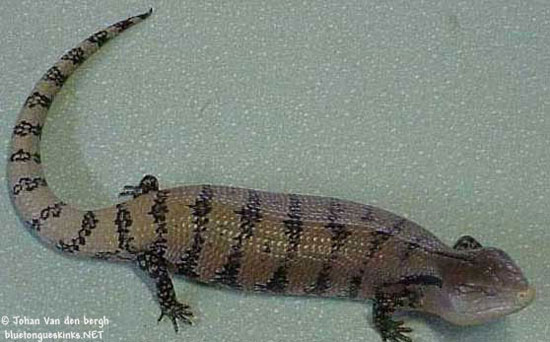
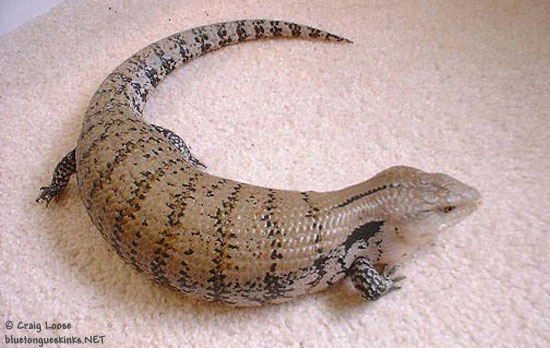
 ®
®
 ®
®